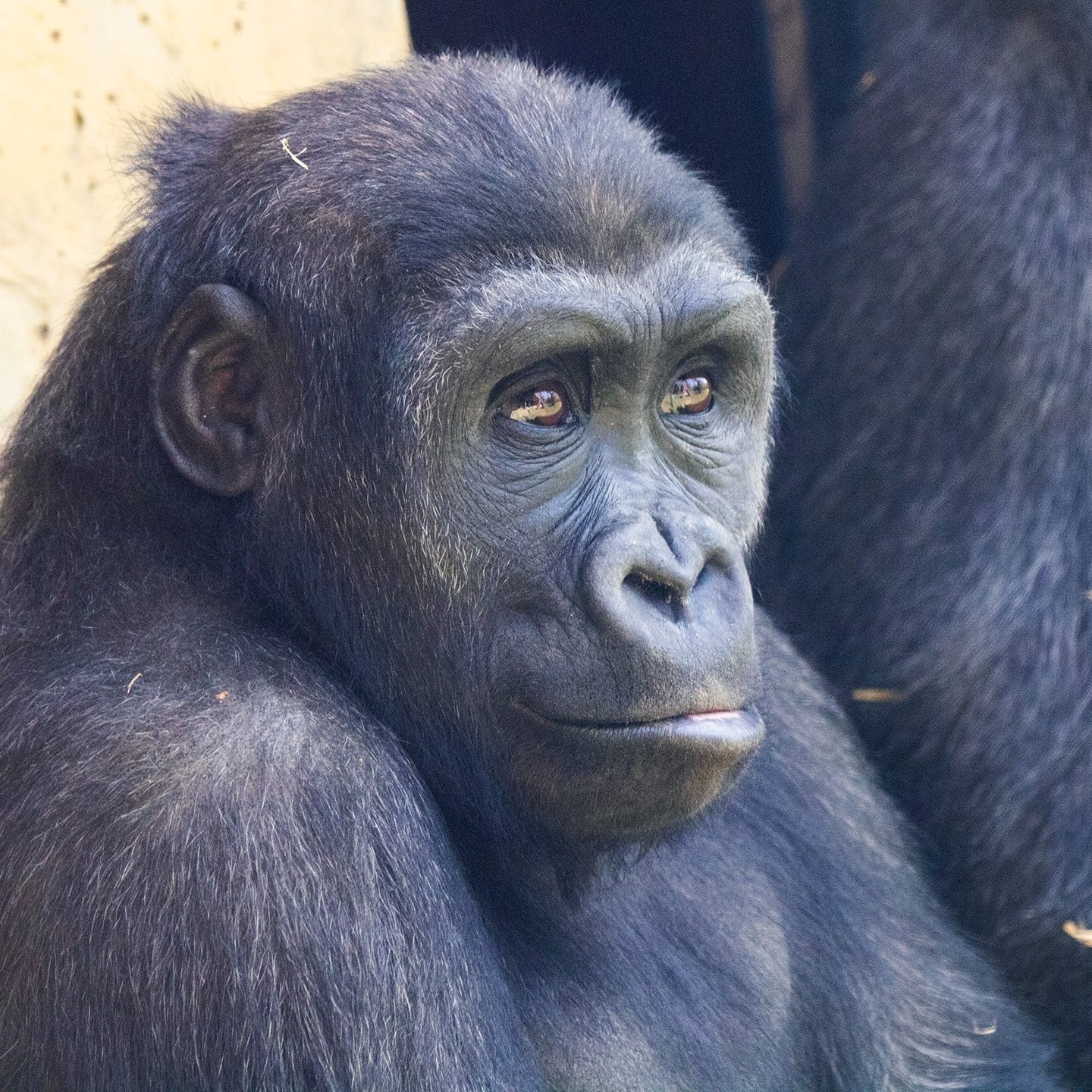- Understanding the Growth and Development of Pablo the 4-and-a-half-year-old Boy
- Exploring the Significance of Zoo Management in Wildlife Conservation
- Delving into Zoological Studies and Their Contribution to Animal Welfare
- The Role of Zoos in Public Education and Environmental Awareness
- Challenges and Innovations in Modern Zoo Practices
Pablo, a 4-and-a-half-year-old boy, has sparked interest in various fields, from child development to zoological studies. Understanding his growth is not merely about education but encompasses broader themes of how humans interact with wildlife and nature. Exploring these themes can shed light on our commitments to conservation and the ways we manage zoos for wildlife protection.
As Pablo grows, exploring child development offers insights into milestones typical for his age. Children at 4-and-a-half-years-old are in a phase of rapid development, characterized by enhanced motor skills, linguistic capabilities, and cognitive growth. This stage is crucial as it forms the foundation for future learning. Through play and exploration, children develop physical coordination, language, social skills, and emotional understanding. Engaging activities like storytelling, interactive games, and physical play contribute significantly to cognitive and social growth at this age.
Turning to zoo management, it plays a pivotal role in conserving wildlife and understanding human relationships with animals. Modern zoos are not just places for display but are centers of research, breeding programs, and conservation efforts. The principles of wildlife ethics guide zoos in providing environments that best mimic natural habitats, promoting both physical and psychological well-being of the animals. This requires careful planning and management of resources to align with conservation goals.
Zoological studies enhance our understanding of animal behavior, ecology, and biology. These studies contribute to improved care and ethical treatment of wildlife in captivity. Researchers at zoos engage in critical work, from genetic studies to behavioral analysis, supporting global efforts in species preservation. Collaborations with universities and scientific institutions help translate research into actionable conservation strategies.
Zoos also play an educative role, promoting environmental awareness among the public. By presenting animals in settings that reflect their natural habitats, zoos can educate visitors about biodiversity and the importance of conservation. Interactive exhibits, workshops, and guided tours offer visitors of all ages an engaging learning experience, fostering a connection to the natural world and encouraging conservation-minded behaviors at home.
Challenges in modern zoo practices include balancing animal welfare with public education, managing resources efficiently, and addressing ethical considerations. Innovations such as virtual reality and digital technologies are being integrated into zoo experiences, providing interactive learning without compromising animal welfare. These advancements represent the changing dynamics of how zoos communicate conservation messages and engage with the public.
The life of Pablo, like the animals in modern zoos, is a canvas reflecting growth, learning, and interaction. Both require supportive environments and responsible guidance to flourish. As we explore themes of child development, zoo management, and wildlife conservation, we see how they intersect in shaping a sustainable future for both humans and animals.
The narrative around zoos and conservation is ever-evolving, requiring continuous adaptation and commitment from all stakeholders involved. Our shared responsibility in managing these institutions ensures that we preserve the rich tapestry of life on Earth for future generations. This understanding reinforces the importance of holistic approaches to conservation that account for the interconnectedness of all life forms.
*****
Source Description
Pablo 🖤 This baby boy is already 4-and-a-half years old!


